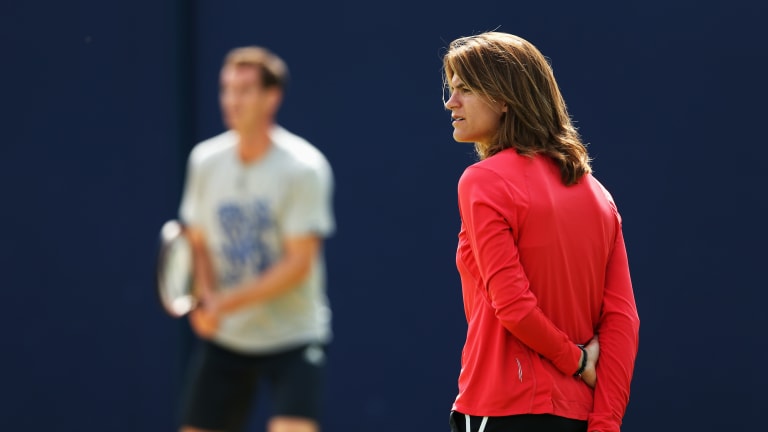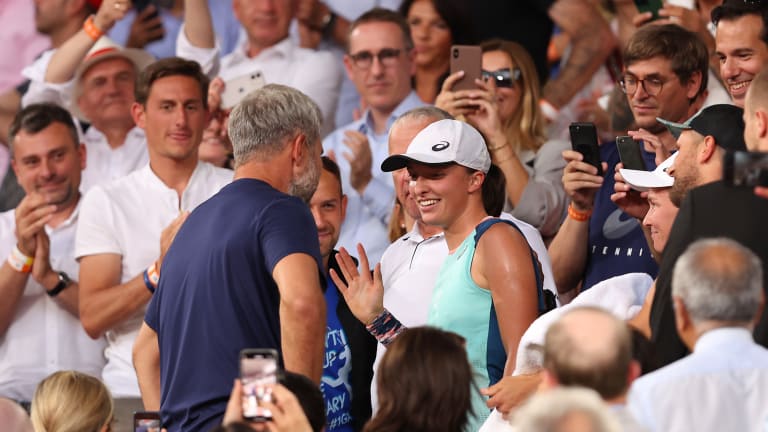Coach's Corner
For many reasons, few seats for women on the coaching carousel
By Nov 08, 2022Coach's Corner
WTA confirms coach Stefano Vukov's suspension "remains in place" after investigation concludes
By Feb 11, 2025Coach's Corner
Goran Ivanisevic wishes Elena Rybakina “best of luck moving forward” as coaching trial ends
By Jan 21, 2025Coach's Corner
Elena Rybakina and other players have high hopes for the new season, but makeovers don’t come easily in tennis
By Jan 06, 2025Coach's Corner
Elena Rybakina announces that ex-coach Stefano Vukov will re-join her team for 2025 season
By Jan 02, 2025Coach's Corner
Angelique Kerber to mentor German female players in 2025
By Dec 18, 2024Coach's Corner
Donna Vekic adds Sascha Bajin to her coaching team for 2025
By Dec 08, 2024Coach's Corner
Carlos Alcaraz adds coach Samuel Lopez to work alongside Juan Carlos Ferrero
By Dec 05, 2024Coach's Corner
Hubert Hurkacz hires Ivan Lendl and Nicolas Massu for coaching team ahead of 2025 season
By Nov 29, 2024Coach's Corner
Novak Djokovic x Andy Murray: Does this coaching pairing of former rivals make sense?
By Nov 23, 2024Coach's Corner
For many reasons, few seats for women on the coaching carousel
The WTA's new Coach Inclusion Program aims to attract and develop more female coaches. But will players and their advisors buy in?
Published Nov 08, 2022
Advertising
Advertising
Advertising

Not enough has changed in regards to women's coaching since Amelie Mauresmo coached Andy Murray, on either tour.
© 2014 Getty Images
Advertising

The reliance on male coaches is also a vestige of the days when a coach fulfilled many roles, including that of a hitting partner whose power and pace gave women a leg up on much of the competition.
© Getty Images
Advertising
Advertising

Iga Swiatek, celebrating with coach Tomasz Wiktorowski after winning her second French Open, has kept a relatively stable coaching team.
© Getty Images